-
Posts
18,473 -
Joined
-
Last visited
Content Type
Profiles
Blogs
Forums
American Weather
Media Demo
Store
Gallery
Posts posted by andyhb
-
-
Damage reported in Highlands Ranch via Aaron Rigsby.
-
Now 4 deaths in Matador. Helicopter video from this morning shows a very intense damage path. Essentially all of the structures that were in the core of the damage path were leveled or swept away. Ground scouring present, major tree damage, and vehicles that look like they've been moved long distances and mangled.
Pretty confident that there's EF4 damage in there somewhere.
https://www.facebook.com/dustin.johnson.14811/videos/1763160690810064/?mibextid=jf9HGS
-
 1
1
-
-
Meanwhile the Akron CO cyclic supercell from earlier is the storm of the year and perhaps decade so far in terms of photogenic tornadoes. Unbelievable video.
-
 2
2
-
-
3 dead in Matador TX per New York Times and the town's mayor. That's now the second multi-fatality tornado in W TX this month.
-
Fatality confirmed in Matador per Val Castor's stream.
-
Trees absolutely shredded and vehicles mangled near Matador, this may have been a violent tornado.
-
Supercell near Akron CO looks like it might put on a show here.
-
That bow (about to become a derecho) coming into Tulsa might be the strongest one I’ve seen since 8/10/2020 (Cedar Rapids).
-
Pretty spectacular tornado/structure combo near Aspermont TX.
-
Lol Tues/Wed look done at this point, ULL over the Great Lakes is crushing/suppressing anything that tries to eject those two days.
-
 1
1
-
-
Well the 00z GFS is certainly impressive for next Tuesday in the S Plains, potentially Monday as well further west. That's a hell of a shortwave ejecting for that far south in June.
-
 3
3
-
-
New estimate of 160 kts and 897 mb from ATCF. Dvorak technique maxed out at 8.0.
This thing is an animal.
-
 3
3
-
-
Chase account from yesterday in central OK.
https://stormtrack.org/community/threads/2023-04-19-reports-ok-ks-ne-ia.32403/post-376460
-
 2
2
-
-
-
-
Just to reinforce the poor nature of the survey here, none of these structures in Vilonia were given DIs (reposted from another forum) except for the top image where they were given a "blanket" rating of EF3, i.e. the individual DIs were not rated as separate entities.
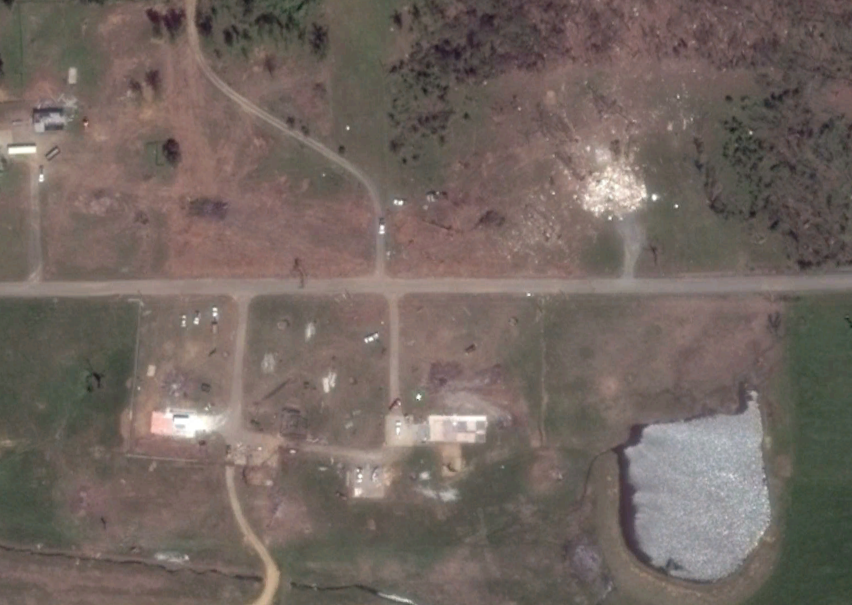
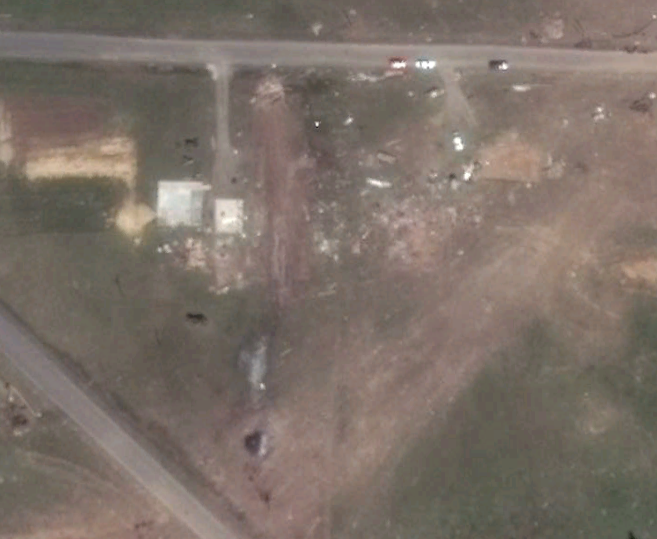
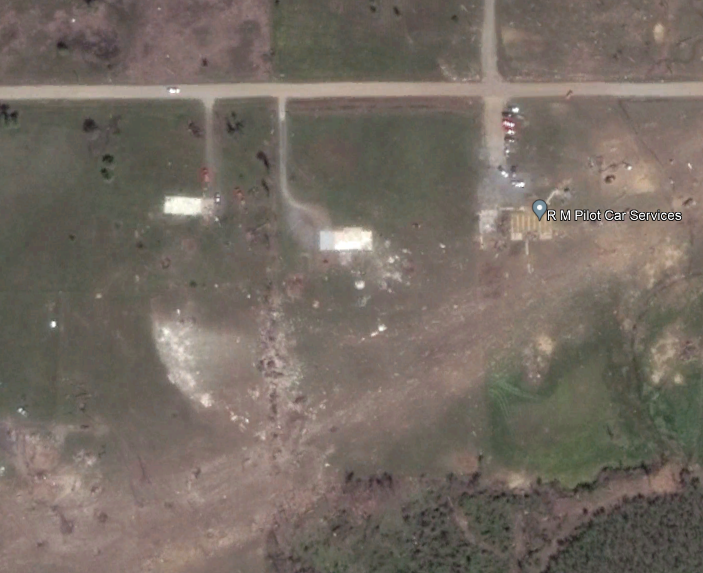
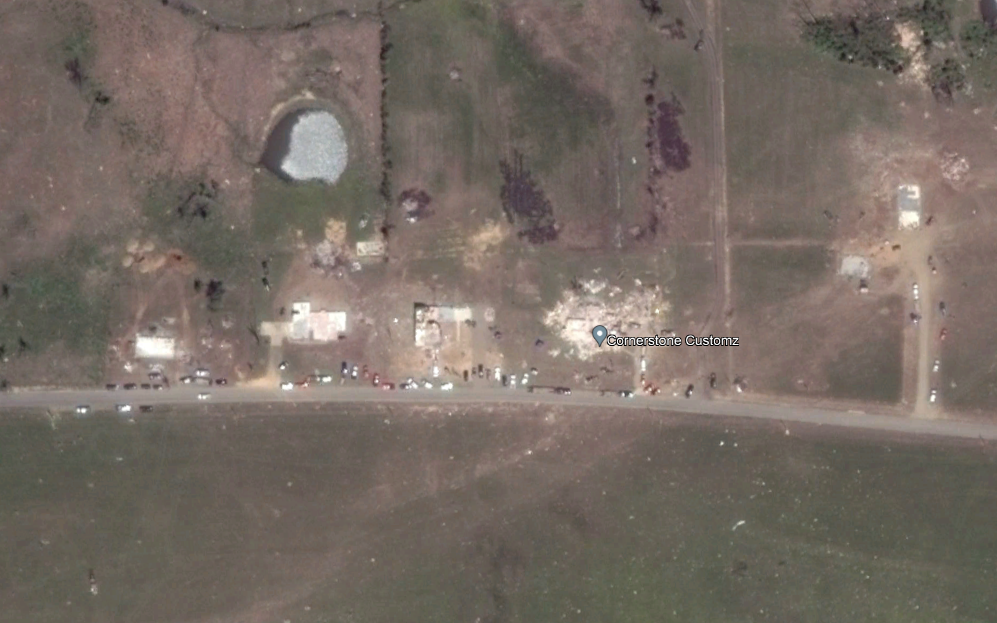
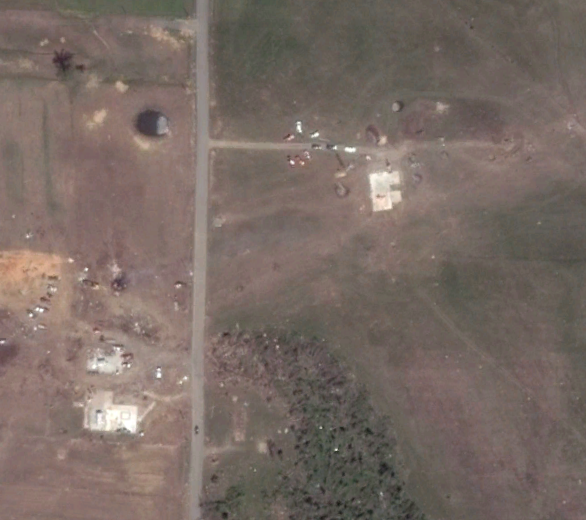
This doesn't even include an entire neighborhood of homes along Cemetery Street south/southwest of downtown that was devastated, all of which had no DIs assigned. This overhead shot looking east with Main Street at left-center and Cemetery Street as the main N-S road at the center-foreground shows the extent of the high end damage in this area. The wind rowing here might be worse than that Rochelle picture you shared @RCNYILWX. I fail to see why the survey team would not assign DIs to this area considering that most buildings along Main Street were surveyed. I spy at least a half dozen EF5 candidates in that neighborhood alone pending construction, and all of them look like EF4 candidates at least.
-
 1
1
-
 1
1
-
-
3 hours ago, RCNYILWX said:
One of the turning points in how the pendulum has swung toward too stringent an EF-5 standard was the engineering assessment in the wake of the Joplin tornado. I I'm not mistaken, that assessment found that hardly any/none of the destroyed homes would have withstood EF-3 winds. It seems like, despite Moore receiving an EF-5 designation, that since that Joplin engineering assessment, there's been a granular focus on home construction vs. coverage of damage DI 10 with the highest DOD.
Sent from my SM-G998U using Tapatalk
To this exact point, this is from the ASCE report on Joplin...
QuoteThe team found no evidence of building damage from winds at 200 mph or greater, the minimum threshold for an EF-5. The study concluded that EF-5 ratings were nearly impossible to observe given the high construction quality threshold that must be met for determining that level of wind speed.
-
 1
1
-
-
4 hours ago, CheeselandSkies said:
@andyhb Exactly. There's been a lot more discussion/debate-sometimes-verging into trolling about this topic on the "other forum", but what exactly are we trying to accomplish here? Are we trying to rate tornadoes to determine how strong they get, how often, where, and when (which is what I once thought); or to prove...what, exactly about construction engineering around the USA?
But at the same time, there is a clear subset who wants to have some sort of constructive discussion regarding the topic, but I feel as though some who have expertise in the field do not. That's all well and good, but there's going to keep being questions until some answers are found, and saying "who cares" isn't really a response.
-
 4
4
-
-
1 hour ago, RCNYILWX said:
I feel confident in saying that Rochelle-Fairdale on April 9, 2015 was also an EF-5. The wind rowing in the aerial photo from IEMA Air-One looks strikingly similar to that seen in some of the April 27th tornadoes. The survey process for that tornado was rushed imo - we never had an in person QRT consultation, just a virtual one. I'm not sure how that was decided upon, if the QRT felt comfortable going virtual or our since retired MIC pushed for a faster decision to stick with high end EF-4.

And so the million dollar question is, of course, "why"?
I have strong suspicion that a similar thing happened with Vilonia. Some of this stuff seems down to personal/office politics. Of course this is emphasized by that quote suggesting that "some on the development team for the EF-scale felt that a house should never be given an EF5 rating".
-
 1
1
-
-
Should probably add that both Chickasha and Goldsby from 5/24/2011 in OK should probably be EF5s as well.
-
 2
2
-
-
15 hours ago, RCNYILWX said:
To the supposed lack of EF-5s since Moore, if EF-5 were adjusted down to 190+ mph, we'd have seen the "normal" amount of EF-5s over the past 10 years. Particularly with that DI and DOD for houses.
As an NWS employee, I think that the agency as a whole has lost the plot when it comes to damage ratings. Having some reference to engineering standards is all well and good, but an impossible standard to reach EF-5 has been set based off building codes that don't exist in much of the country.
We've become fixated on finding everything a tornado didn't do as opposed to judging what a tornado did do with respect to totality of damage. If a large swath of a town has catastrophic destruction, it's not the town's fault if they don't have structures built to withstand >200 mph winds. The lower bound on the DIs is used too liberally imo.
Vilonia is an example less than a year after Moore of a tornado that by all accounts should have been rated EF-5. Prior to that, there's a good case to be made that Tuscaloosa 2011 should have been EF-5. On the flipside of that, it seems likely that the post-Moore survey standards would have yielded at least a few less EF-5s on April 27, 2011.
In recent years, I think Mayflower is probably the best example of how the pendulum has swung well too far in the direction of assigning impossible engineering standards to reach EF-5.
Hopefully, the forthcoming updates to the EF scale help bring things back to a more reasonable/realistic place.Glad to see we're on the same page here, great post.
I would really like to know the rationale behind "houses shouldn't be rated EF5" when they are, by far, the most common DIs that receive EF4-EF5 level damage. There's this centralization to cities that seems to be occurring with the EF5 rating where only high rises, shopping malls, and institutional buildings can get an EF5 rating at EXP bound, which essentially eliminates them from the climatology if that standard is followed.
The other frustrating thing is seeing higher ups in NOAA or the academic community saying "who cares" or chastising people questioning the ratings (obviously trolls excluded here) when anyone with a decent knowledge and/or has been following along can tell that something weird is going on when there's an EF5 drought of nearly 10 years. Climatology and observed events suggest that shouldn't happen, and it probably shouldn't have happened with the Bridge Creek/Moore '99 to Greensburg drought either.
-
 3
3
-
-
That entire article/response is full of subjective nonsense that isn't consistent with the original scale.
I wrote something along these lines elsewhere: It's like the mentality has changed from "this house appears to be F5/EF5, now let's look at the surrounding context to make sure that is confirmed" to something like "this house is EF4, now let's look at the surrounding context to make sure it shouldn't be EF5", which are two very different statements.
It's because of that EXP Bound DOD 10 being 200 mph EF4 that this is happening.
-
 2
2
-
-
3 hours ago, cheese007 said:
Can you explain this a little more/link to what you're talking about? What's the issue with houses being rated EF-5?
https://arktimes.com/arkansas-blog/2014/05/05/meteorologist-defends-ef4-rating-on-vilonia-tornado
QuoteHere’s something to keep in mind: First and foremost, if a house that has a foundation built with nuts, bolts, and appropriate-sized washers is swept away, leaving only the concrete foundation, the “expected value” of wind in the Enhanced Fujita Scale is 200 mph, which puts it at the top of the EF4 category, not an EF5. It would have to be an exceptionally well-built house to go over 200 mph and thus achieve an EF5.
It’s my understanding that when the Enhanced Fujita Scale was put together this was done for a very specific reason — that some on the committee felt that a house should never be rated EF5. The final outcome was that the “expected value” was placed so that it would be very rare that a house could be rated EF5.
-
 2
2
-
-
Moisture killed by cutoff low over the SE, next.
-
 1
1
-


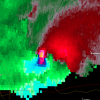
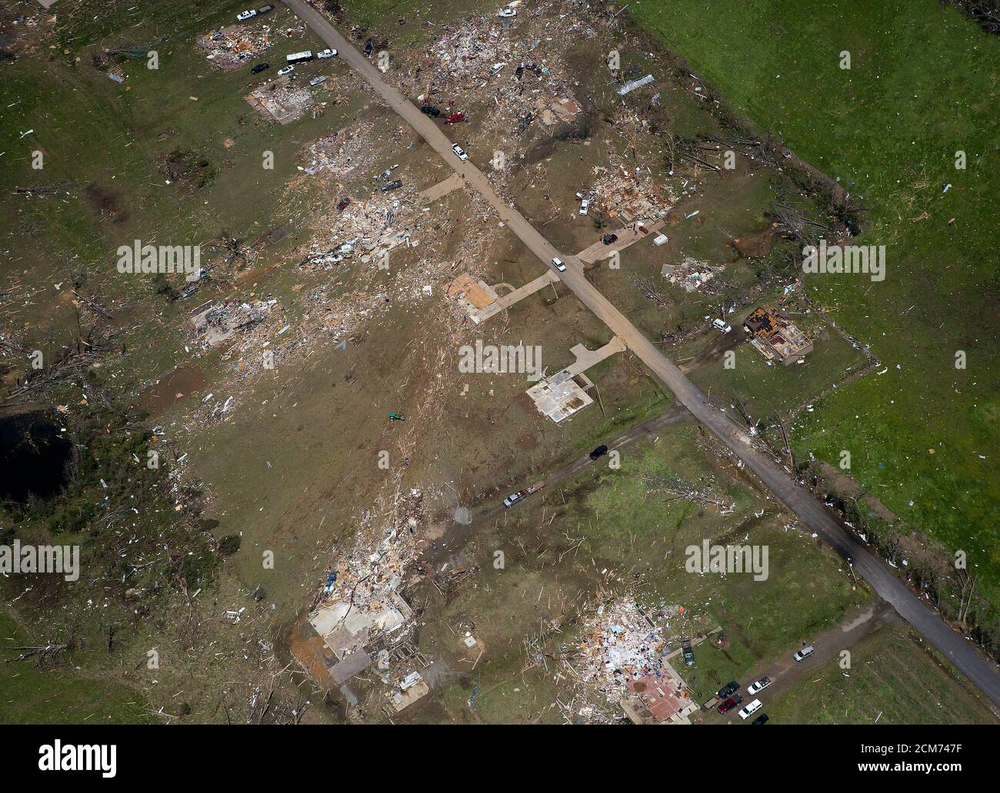
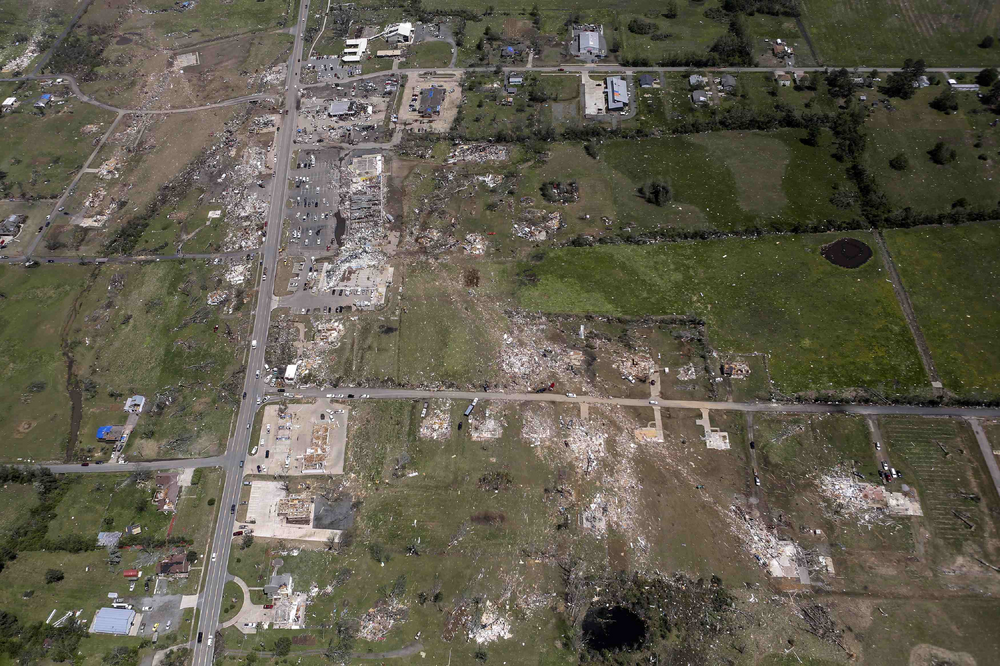
June/July 2023 Severe Discussion
in Central/Western States
Posted
https://www.facebook.com/tim.marshall.505/posts/pfbid02RJKCvrhXebooqJXuRpa5FchsPcWhtV4aS8GbgJS1gXVdyNGf1wCFNCZrZuVpsopl
This damage in Matador is crazy.